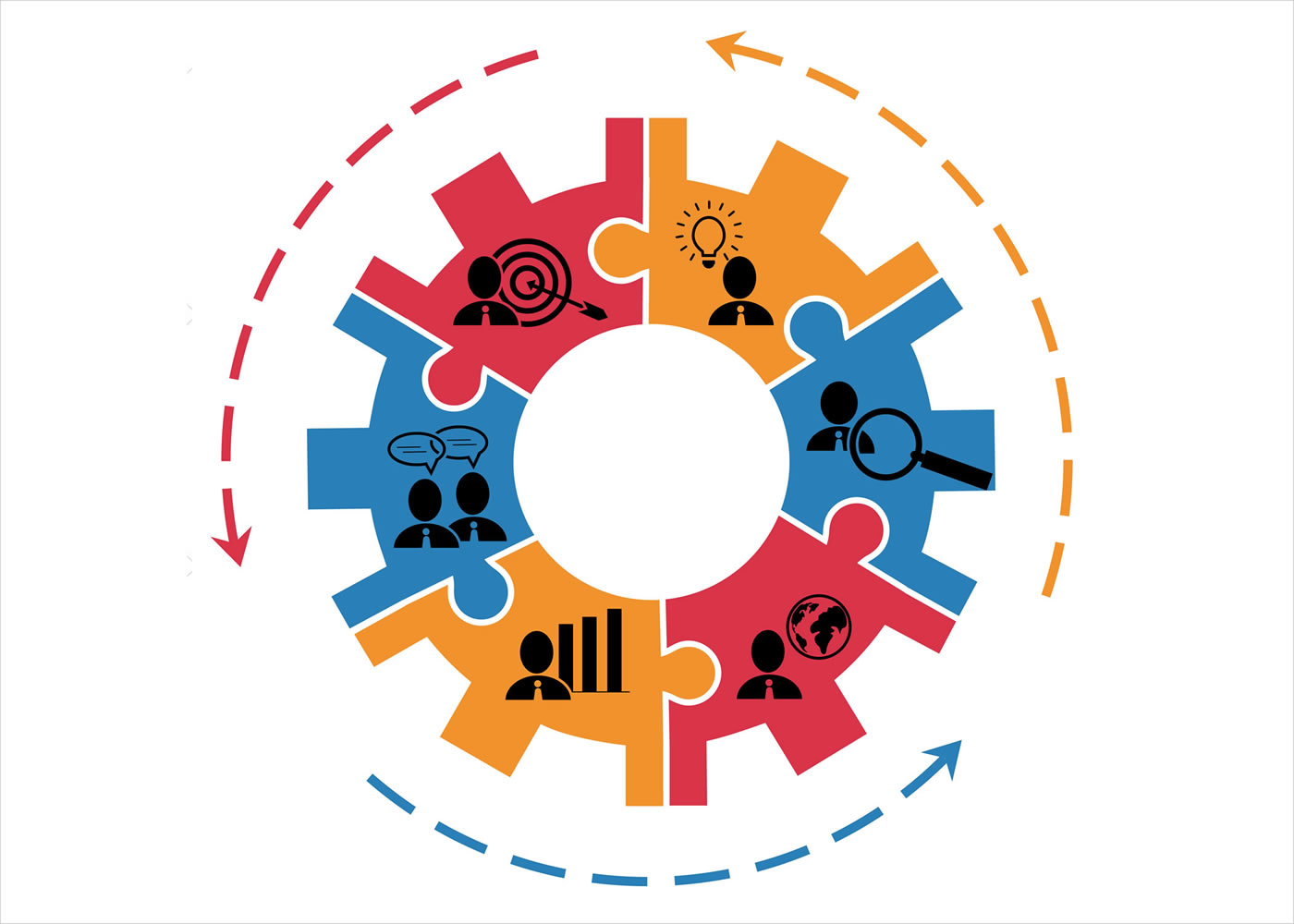The Benefits of Integrating EHS Management Systems Into Operations

- Cultural Barriers: Shifting the culture to new mindsets, processes, structures, tools, and systems requires tremendous amounts of energy at all levels of the organization.
- Structural Barriers: EHS teams exist within, over, and through other parts of an industrial or manufacturing corporation. Dotted line relationships between corporate-level EHS leadership and facility-level EHS teammates can cause difficulty in aligning goals and objectives.
- Financial Barriers: Funding for integration is often reserved and utilized for those core competencies and EHS is expected to simply keep up, but need not participate fully.
- Realization of Efficiencies: Management systems often target redundancies in documentation, inspection, training and recordkeeping. EHS regulations have certainly contributed to such redundancies and management systems can provide a structure to make those activities as efficient and cost-effective as possible.
- Sustainable EHS Compliance Performance: Within those companies that struggle to sustain compliance, corporate auditors may find the same or similar findings year after year. These companies can break this frustrating cycle by integrating EHS into the business process in a way that drives sustainable improvements.
- Implementation of New Programs: The burden of introducing new programs, such as energy efficiency and other environmental sustainability efforts, can be more easily incorporated with an underlying management system as a foundation.
They use the Honeywell Operating System (HOS) to drive an integrated approach incorporating Lean and Six Sigma principles along with EHS.
EHS is directly linked to HOS at various points in the organization each day. For example, 'Tier Meetings' allow EHS teams to prioritize activities, ensure progress towards objectives, and cascade issues up through the organization. Standardized Work for Leaders is another way and is one of the most important building blocks of HOS. Work procedures for many manufacturing tasks are organized in the best sequence of steps for people, equipment, tooling, and materials. In the same spirit, Honeywell has created tools and processes for their operational and functional leaders. It's much more powerful than an action item list. The tools keep Honeywell's leaders in tune with what the business expect on a day-to-day and week-to-week basis and helps them take the right actions or make the right decisions at the right time.
Through integration of EHS into the enterprise management system, Honeywell has realized several benefits. As plants progress through different levels of HOS maturity, they are required to demonstrate that they meet specified EHS criteria along with other measures. Reductions in key safety metrics and improvement in environmental compliance performance can be attributed to the management system. Achievement in greenhouse gas emission objectives have benefited from the tools and processes prescribed. And they are also now able to measure the maturity of the system across the organization - at the corporate level and at the facility level. As a result, EHS leadership can prioritize improvement efforts effectively.
Another MWH client - a global oil and gas company - has found an innovative way to get EHS closer and more accessible to field operations. While their business processes and management systems are firmly established, improvements in EHS compliance and awareness have always been a key focus. They found an innovative way to push EHS policies and procedures to the front lines through on-site kiosks. Great attention was paid to the user experience when designing the kiosks. Any procedure is accessible within three clicks and no logins are required. Also, significant effort was placed on ensuring the information was presented in a consistent manner which provides legitimacy to the information contained within the procedures.
Leading global companies understand that business success integrates EHS success. Their EHS teams speak the same language and use the same effective processes as the rest of the organization.
To learn more about how to achieve success with your program, join MWH for NAEM's May 26 webinar on "Integrating EHS Management Systems into Operations."
About the Author
Chris Daly
Chris Daly is a Principal Engineer and Project Manager for MWH in Chicago, where he is responsible for MWH’s EHS services to multinational clients in the manufacturing, oil & gas, and chemical industries. He has 17 years of experience providing technical expertise in a wide variety of EHS disciplines including EHS compliance, compliance auditing, remediation and contaminated land management, site investigation, and wastewater treatment.

